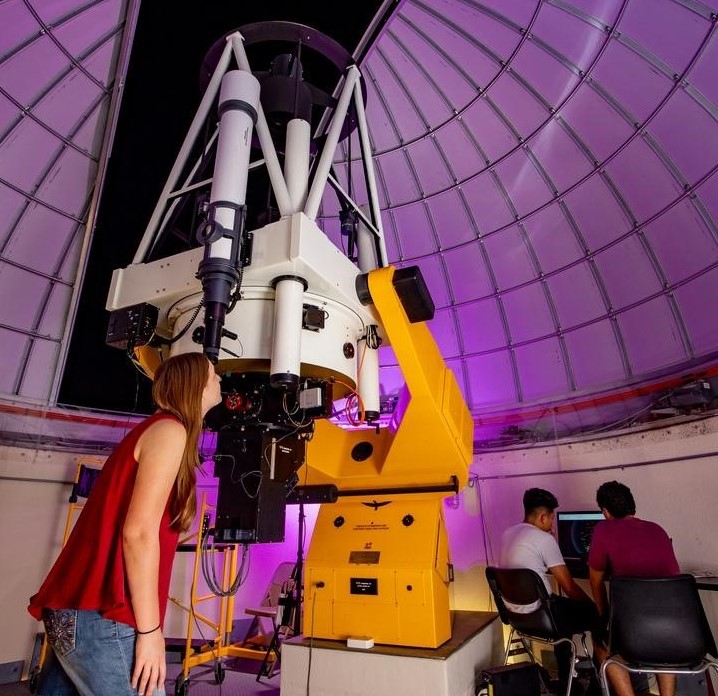Document Type
Article
Publication Title
The Astrophysical Journal
Abstract
In this work, based on a numerical solution of the focused transport equation, we obtained the intensity and anisotropy time profiles of solar energetic particles (SEPs) accelerated by an interplanetary shock in the three-dimensional Parker magnetic field. The shock is treated as a moving source of energetic particles with an assumed particle distribution function. We computed the time profiles of particle flux and anisotropy as measured by an observer at 1 AU, equatorial plane, and various longitudes with respect to the shock propagation direction. With perpendicular diffusion, energetic particles can cross magnetic field lines. Particles may be detected before the observer's field line is connected to the shock. After the observer's field line breaks from the shock front, the observer still can see more particles are injected into its field line. Our simulations show that the particle onset time, peak time, peak intensity, decay rate, and duration of SEP event could be significantly influenced by the effect of perpendicular diffusion. The anisotropy with perpendicular diffusion is almost the same as that without perpendicular diffusion, but there is an obvious difference at the moment when the observer's field line begins to be connected to the shock.
DOI
10.1088/0004-637X/752/1/37
Publication Date
6-2012
Recommended Citation
Wang, Y; Qin, Gang; and Zhang, Ming, "Effects Of Perpendicular Diffusion On Energetic Particles Accelerated By The Interplanetary Coronal Mass Ejection Shock" (2012). Aerospace, Physics, and Space Science Faculty Publications. 240.
https://repository.fit.edu/apss_faculty/240


